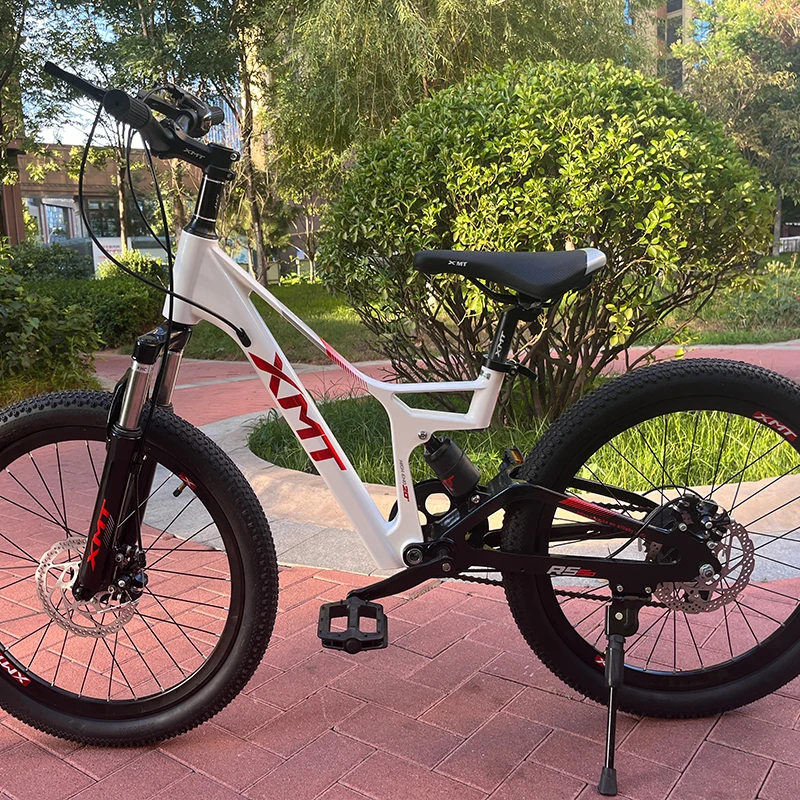
-
 Afrikaans
Afrikaans -
 Arabic
Arabic -
 Belarusian
Belarusian -
 Bengali
Bengali -
 Bulgarian
Bulgarian -
 Croatian
Croatian -
 Czech
Czech -
 Danish
Danish -
 Dutch
Dutch -
 English
English -
 Finnish
Finnish -
 French
French -
 German
German -
 Greek
Greek -
 hawaiian
hawaiian -
 Hebrew
Hebrew -
 Hindi
Hindi -
 Hungarian
Hungarian -
 Indonesian
Indonesian -
 irish
irish -
 Italian
Italian -
 Japanese
Japanese -
 Javanese
Javanese -
 kazakh
kazakh -
 Khmer
Khmer -
 Korean
Korean -
 Kyrgyz
Kyrgyz -
 Lao
Lao -
 Latin
Latin -
 Luxembourgish
Luxembourgish -
 Malay
Malay -
 Myanmar
Myanmar -
 Norwegian
Norwegian -
 Persian
Persian -
 Polish
Polish -
 Portuguese
Portuguese -
 Romanian
Romanian -
 Russian
Russian -
 Serbian
Serbian -
 Slovak
Slovak -
 Somali
Somali -
 Spanish
Spanish -
 Swedish
Swedish -
 Tagalog
Tagalog -
 Thai
Thai -
 Turkish
Turkish -
 Turkmen
Turkmen -
 Ukrainian
Ukrainian -
 Uighur
Uighur -
 Vietnamese
Vietnamese
دسامبر . 12, 2024 00:18 Back to list
how to choose a mountain bike for beginners
How to Choose a Mountain Bike for Beginners
Choosing your first mountain bike can be an exciting yet daunting task. With so many options available in the market, it’s crucial to understand a few key aspects that will help make your experience enjoyable and safe. This guide aims to simplify the process and ensure that you select the right bike that meets your needs as a beginner.
1. Understand Your Riding Style
Before you start shopping around, it’s essential to determine what type of riding you plan to do. Mountain biking can vary significantly, from cross-country riding, which typically involves longer distances on trails, to aggressive downhill riding or technical trails. Each style has specific requirements regarding bike design and features. If you’re primarily looking to ride on flat, smooth paths, a cross-country bike would be suitable. If you're planning to tackle rugged terrain, you might consider a trail or all-mountain bike.
2. Set a Budget
Mountain bikes come in a range of prices, and setting a budget is vital. Typically, entry-level mountain bikes can start around $500 and can go up to several thousand dollars. Remember that it’s not just the bike that you need to invest in; safety gear like helmets and pads, maintenance equipment, and possibly upgrades or accessories should also be included in your budget. It’s a good idea to prioritize quality over price. A well-made bike, even if slightly higher in price, can save you money in the long run by reducing the need for repairs and replacements.
Mountain bike frames are typically made from either aluminum, carbon fiber, or steel. Aluminum is the most common material for entry-level bikes due to its balance of lightweight and durability. Carbon fiber frames, while more expensive, provide excellent stiffness and performance benefits but may not be necessary for beginners. Steel frames offer great durability and a smoother ride, though they are heavier and less common in modern mountain bikes. As a beginner, an aluminum frame is likely your best bet.
4. Suspension Type
how to choose a mountain bike for beginners

Suspension plays a critical role in how your mountain bike handles rough terrains. There are two main types of suspension systems hardtail and full-suspension. Hardtail bikes have a suspension fork in the front but no rear suspension, making them lighter and easier to maintain, which is advantageous for beginners primarily riding on smoother trails. They are also generally less expensive. Full-suspension bikes have shock absorbers in both the front and back, providing better control and comfort on more challenging and technical trails. However, they tend to be pricier and have a more complex maintenance routine.
5. Wheel Size
Mountain bike wheels come in a few different sizes 26”, 27.5” (650B), and 29”. A 26” wheel is agile but can roll over obstacles less smoothly, while a 29” wheel can roll over larger obstacles effortlessly but might feel slower in tight corners. The 27.5” wheel size offers a balance between the two, providing a good mix of speed and maneuverability. As a beginner, selecting a bike with 27.5” or 29” wheels can often provide a more comfortable riding experience.
6. Fit and Comfort
Getting the right fit for your mountain bike is crucial. A bike that feels good when you’re riding it will make your experience much more enjoyable. Most bike shops offer test rides, which is an excellent opportunity for you to feel how different sizes and models handle. Factors like frame size and the height of the handlebars can greatly impact comfort, so ensure you spend some time making adjustments.
7. Gear and Components
As a beginner, you don’t need to worry too much about high-end components; however, pay attention to the gear ratios, braking system, and tires. Mechanical disc brakes are often a good choice for beginners, providing reliable stopping power in various weather conditions. Tires should also be suitable for the type of terrain you're interested in riding; wider tires generally offer better traction.
Conclusion
Choosing your first mountain bike if you’re a beginner doesn’t have to be overwhelming. By understanding your riding style, setting a realistic budget, and considering aspects like frame material, suspension, wheel size, fit, and components, you will be well on your way to finding a bike that suits your needs. Remember, the goal is to have fun and explore the great outdoors safely. Happy riding!
-
Red Black BMX Bike with GPT-4-Turbo AI Tech
NewsJul.31,2025
-
New Red Anti-theft E-Bike | Easy Ride City Commuter
NewsJul.31,2025
-
BMX 20 Inch Bikes for Freestyle & Street | Fat Tire Options Available
NewsJul.30,2025
-
322 High Quality 26 Inch 21 Speed Adult Mountain Bike OEM MTB
NewsJul.29,2025
-
Specialized Kids Mountain Bikes - Safe, Durable & Fun Riding Experience
NewsJul.29,2025
-
Little Kids Mountain Bike - Lightweight Bikes for Young Riders
NewsJul.29,2025

